Lance Christensen, Vice President of the California Policy Center and 2022 candidate for California Superintendent of Public Instruction, asked a legitimate question concerning California's approach to its school programs and policies.
I'm wondering if California's public schools are no longer about education but more concerned with social engineering? https://t.co/Lp04p76rko
— Lance Christensen (@lancelands) October 25, 2023
I'm wondering if California's public schools are no longer about education but more concerned with social engineering?
This was in response to The 74 million.org report that showed assessment test scores in California had changed little but stayed pretty much consistent with last year's lows.
After California invested billions to help students rebound from the pandemic, K-12 math and English language arts scores remained mostly stagnant last year and still well below pre-COVID levels.
The annual Smarter Balanced scores, released today, showed that English language arts scores dropped slightly and math scores inched upwards a bit from 2022, although both scores lagged behind pre-pandemic numbers. Science scores were also up slightly.
Overall, 46.7% of students were at or above grade level for English language arts, and 34.6% met or exceeded the standard in math. In 2019, before the pandemic disrupted education, 51.1% met the reading standard and 39.7% did in math.
“We’re not where we want to be. We have a long road to go, but we are making headway,” said Linda Darling-Hammond, president of the State Board of Education and president of the Learning Policy Institute, an education research organization. “It looks like we’re turning the corner from the pandemic, and some of our investments are beginning to pay off.”
One would think that those investments would include tools and programs that focus on the student's ability to process, understand, and navigate math, science, and language arts with success. Instead, to the tune of $10 million, California pushed to fund more pilot programs for student-peer counseling.
As part of California's 2022 Budget provided $10 million to fund grants to up to eight high schools to offer peer-to-peer programs. Peer support is an essential evidence-based strategy for supporting young people’s mental health. Greater investments in peer-to-peer programs would improve the opportunities for youth of color to connect and heal with members of their own communities and identities. The Department Health Care Services (DHCS) in partnership with The Children’s Partnership (TCP) will award $8 million in grants to up to eight high schools (grades 9-12) in urban, suburban, and rural areas of the state to implement high school peer-to-peer pilot programs.
Instead of reading, writing, and 'rithmetic, we get diversity, equity, and inclusion. When did it become the school system's job to ensure students "connect and heal with members of their own communities and identities?" Usually that work is done by the parents and their family relationships within their given community. But California works overtime to replace parental involvement with state overreach, and this peer-to-peer program is yet one more example. School boards and administrators have been pushing their agenda over the will of the parents for quite some time. COVID policies were the primary driver of damaged student mental health and the need for healing spaces. Thanks to those draconian policies, California schools were closed for almost two years. The actions of greedy teachers unions and Governor Gavin Newsom's willing complicity in enabling them have permanently damaged a generation of young people. Now that Hair Gel is conducting his shadow campaign for president, he is trying to rewrite history, claiming it was the local government that kept schools closed, forced children onto Zoom, and ruined many hard-fought educational gains and milestones for students, particularly those with special needs.
As the founder of @ReopenCASchools, I can tell you this is a bold-faced lie from @GavinNewsom.
— Jonathan Zachreson (@JZachreson) October 30, 2023
Early July of 2022, he touted “local control” for school reopening. By mid July 2020, he caved to the demands of CA’s powerful teachers unions and created the color coded tiers, thus… https://t.co/wq2nHPGNir
As the founder of @ReopenCASchools, I can tell you this is a bold-faced lie from @GavinNewsom. Early July of 2022, he touted “local control” for school reopening. By mid July 2020, he caved to the demands of CA’s powerful teachers unions and created the color coded tiers, thus effectively preventing every school district in CA from reopening. Later, he put more rules in place making it very difficult for middle and high schools to reopen with his “4 ft rule.” It wasn’t until the state lost a lawsuit in March of 2021 brought by @scottyd121 & @ParentAssociat that every school could reopen. But even after that, some schools refused to open and the legislature led by Newsom on the school reopening package failed to require schools to actually reopen. It is because of Newsom and his failed leadership on school Covid policies why California was the 50th worst ranked state on school reopenings in the 20/21 school year.
It is fascinating how California's government already had a solution in place for a problem that it created, so administrators are pushing this peer-to-peer counseling as the answer. The problem is there is documented research that shows peer-to-peer counseling holds the potential for abuse, and increased student suicides, particularly if it is implemented poorly. When has much of anything in California education ever been implemented well? This 1997 Association for Supervision and Curriculum Development (ASCD) report points out a Lewis and Lewis research white paper that documents the pitfalls and dangers of institutionalizing these peer-led counseling programs, particularly when a flawed and unsupervised approach is employed.
One method high schools have used to help combat these grim statistics is peer-led counseling groups, an approach that first became popular in the 1960s and '70s. The rationale was that students tend to seek out peers more than adults in discussing personal concerns and that both the peer counselors and their clients might benefit from such interactions (Morey et al. 1993). More recently, peer counseling has gained support for a practical reason: The demand for guidance and counseling services now far exceeds the supply of professional school counselors (Robinson et al. 1991).
Despite the widespread popularity of peer-support programs, a dearth of research exists to substantiate the method's effectiveness. Lewis and Lewis, in particular, warn that poorly designed and supervised programs can have harmful—even fatal—results.
Yet, one California school district, the La Cañada Unified School District, has not only implemented its own peer-to-peer counseling program at La Cañada High School, but it is contemplating a scaled-down version of the program be offered to middle school students. Some LCHS Wellness Center history:
On August 7, 2018 the LCUSD Governing Board approved the Peer Support 1 course which replaced the previously offered Bridge course. Peer Support 1 was offered to students who were recommended and selected to participate by LCHS faculty. On April 16, 2019, the Governing Board approved the Peer Support 2 course. This course was available to students who completed Peer Support 1 and wished to gain experience in leadership and outreach activities in order to deliver individual or group peer support. LCHS has since provided a Peer Support 3, as an opportunity for students who have completed both Peer Support 1 and 2 courses, to further engage in supporting their peers under the guidance of the Wellness Center staff. The support these students provide to their peers is limited to the challenges their peers face at school related to school work and friendships.
Oversight and guidance for The Wellness Center is the responsibility of Rachel Zooi, PhD, a professional school counselor. Zooi's Ph.D. is in Counselor Education and Supervision. From researching biographies and information on Zooi, there is no indication that she has clinical experience or any form of licensure required for mental health professionals. Yet she oversees the entire program, teaches the Peer Support 3 program and, in her words during her presentation at a September 26, 2023, La Cañada Unified School District Governing Board meeting, "We didn't just make up the curriculum, but we did have to piece it together." Parents have questions on just what sources were used to piece this curriculum together, and some of the commenters at the September 26 Governing Board meeting pointed out some of the flaws to this piecemeal approach.
The Wellness Center receives clinical oversight through an organization called Sage SoCal, an arm of CASSY (Counseling and Support Services for Youth) in the San Francisco Bay area. CASSY provides mental health services to over 70 schools in that area. In 2017, CASSY's founder decided to spin off the model to serve communities in Southern California. Listed as "a project" of Impact Philanthropy Group, Sage SoCal was formed.
According to her LinkedIn profile, Dr. Erica Smith, PhD, MFT, is a psychotherapist with Sage SoCal and is aligned with the La Cañada High School Wellness Center. The other two Wellness Center adults who teach the Peer Support 1 and Peer Support 2 courses are Social Science Teacher Daniel Yoder and English Teacher Lucy Pelletier. According to one La Cañada High School parent, who spoke on the condition of anonymity, there were questions on who is assessing the serious mental health cases that may come into the Center, and who is in charge of making diagnoses. Many of these parents raised legitimate issues with the board and LCHS principal Jim Cartnal about the program's format, methodology, and practices. So, the LCUSD Governing Board, which includes Joe Radabaugh, Dan Jeffries, Josh Epstein, Octavia Thuss, Caroline Anderson, and Superintendent Wendy Sinnette, directed the staff of the LCHS Wellness Center to investigate those concerns and be prepared to discuss them at a future meeting, which was held on September 26. Flora (not her real name), a licensed clinical social worker who agreed to speak on condition of anonymity, is very familiar with these peer-to-peer counseling programs and she is determined to warn parents about their dangers. After reviewing the video of that September 26 presentation, she offered this admonition.
Described by some as a “crown jewel” of LCUSD, the information revealed during that presentation and the subsequent public comments was egregious. There are many dangers to the program that need to be addressed. While the kind motivations and good intentions behind this program are understandable and noted, the program is misguided, unethical, and probably illegal.
Ultimately the concern is that this is a school program that has minors, de facto, practicing mental health techniques without a license (in exchange for a grade and course credit), and that this could potentially make students' mental health worse. Also a concern is that the students in the Peer Support classes may not be emotionally equipped to handle some of the role plays, vignettes and difficult content discussed, or disclosed to them in meetings with other students. A third concern is that this creates a sort of snitching culture where students go to other students with their issues, and those peer support students then go to staff. A fourth concern is that no administrator seems to be concerned about this program.
The ACSD-presented Lewis and Lewis white paper pointed out some of these issues all the way back in 1997.
One of Lewis and Lewis's concerns is that students serving as peer counselors are increasingly being asked to shoulder a burden that should be overseen only by trained, seasoned professionals. In a sobering study, the two researchers compared suicide rates among schools with no peer-led suicide-prevention program; schools with peer-led prevention programs overseen by a noncounselor (for example, a teacher or building administrator); and schools with peer-led prevention programs overseen by a certified counselor, psychologist, or social worker. Shockingly, the 38 schools with the noncounselor-led peer programs had the highest ratio of student suicides: Between 1991 and 1993, 11 of those 38 schools (29 percent) reported at least one suicide, as opposed to 7 of 55 schools (13 percent) with no prevention program at all, and just 5 of 65 schools (8 percent) with a counselor-led peer program.
Lewis and Lewis note that educators should interpret these findings with caution, given several limitations of their study, including the self-selection of school counselors who completed the questionnaires, possible inaccurate reporting by counselors, and the fact that a catastrophic event in one school could throw the statistics off.
Still, these statistics are striking. Lewis and Lewis hypothesize that well-intentioned programs may actually increase the risk of suicide by normalizing it as a reaction to stress instead of a mental illness, thereby stimulating "behavioral contagion" of suicides. They note, too, that especially in cases where no trained counselor is available for consultation, student counselors may be given excessive responsibility in helping their peers cope with serious issues.
When the LCHS Wellness Center was in its early stages, a student editor with the LCHS Spartan had this to say:
Unfortunately, I don’t believe the Wellness Center will be effective.
The main flaw I found with the Wellness Center was that there was no mention of the policy regarding leaving during class time to go to the Center. In all six of the classes I am taking this year, not one of my teachers outlined their policy in their syllabi for leaving class to take a mental break. Some stated bathroom breaks were allowed, while others stated that there is a certain limit to how many times one can go in a semester, but none have expressed that they allow students to leave class to go to the Wellness Center. And even if teachers do allow leaving for the Wellness Center, there are log-in sheets that force a student to share where they plan to go and hall passes that limit only two people to go out at a time. The only safe time for a student to visit the Wellness Center is during break or lunch, but break is too short and lunch is a time meant for socializing.
If I were a student who felt pressure and stress from various factors, I would not appreciate the idea that I must somewhat publicize the fact that I have issues. Openly admitting to struggling with such issues seems like an embarrassment that must be kept internalized and hidden, especially in a society that is still struggling to be more accepting of those with mental illnesses. Out of the ten people I asked, the majority, eight, said they would not visit the Center. One expressed that it seems to announce to the public that there is something wrong with them or something troubling their mind. I would much rather seek out a private therapist that can cost from twenty to two hundred fifty dollars per session than risking the public acknowledgment of my struggles.
But the La Cañada School Board appears focused on getting a bigger apparatus in place (and collecting those additional grant dollars, no doubt) to show they are doing their utmost to address student mental health issues, despite the flaws or potential pitfalls.
What could go wrong?
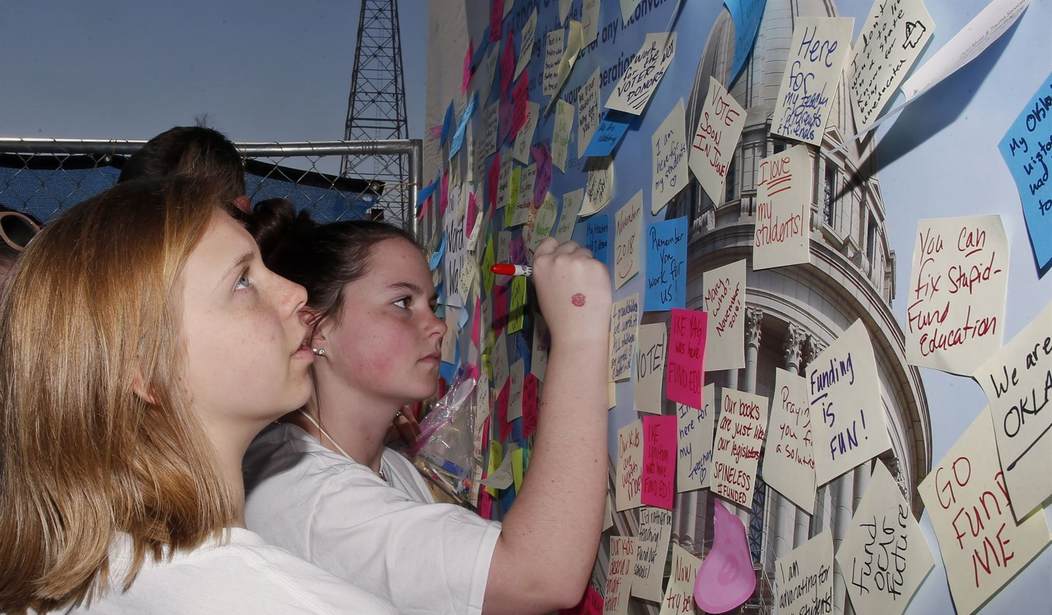
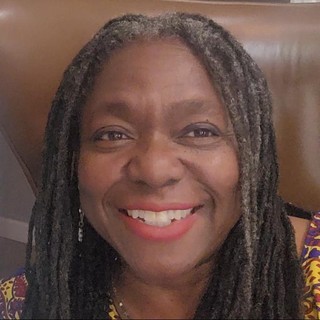
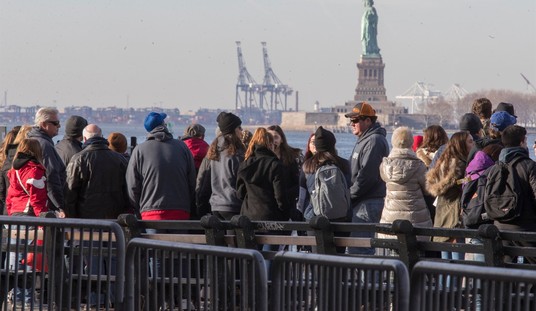

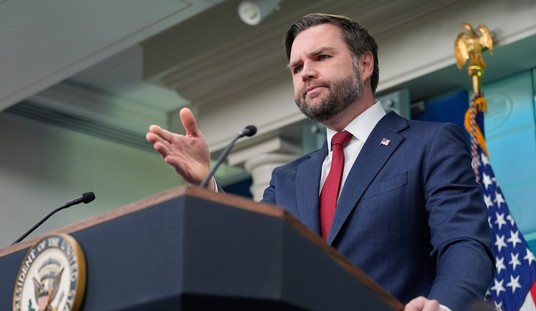

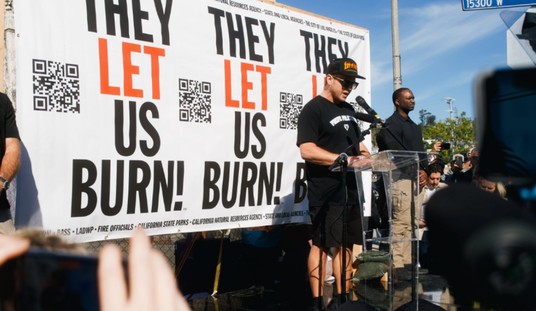
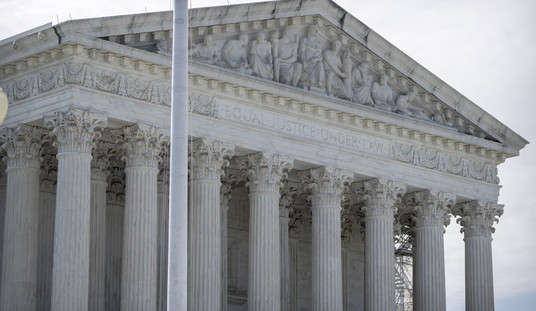



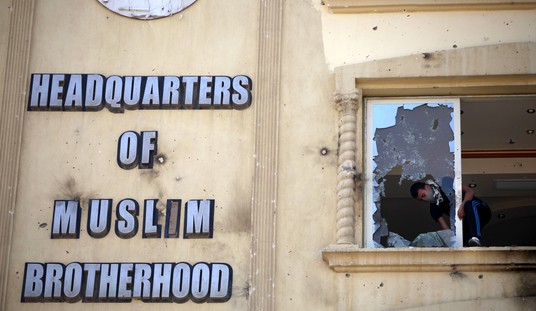



Join the conversation as a VIP Member